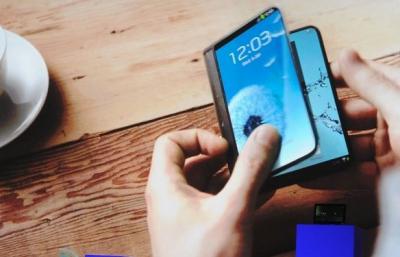Synaptics announces a new VR AMOLED smartphone driver IC
Synaptics announced a new display driver IC for OLED-based smartphones. The new R66452 IC supports resolutions up to 1080x2160, HDR and 90Hz refresh-rate, which means that it can be used for VR OLEDs.
The R66452 also features Synaptics' latest OLED image processing technology (including flexible digital gamma control for smooth dimming, local-area ACL for high-contrast text and high-accuracy color enhancement). It integrates RAM for low-power operation and is available in either COF packaging for flexible displays or COG packaging for rigid displays.










